Premium Only Content
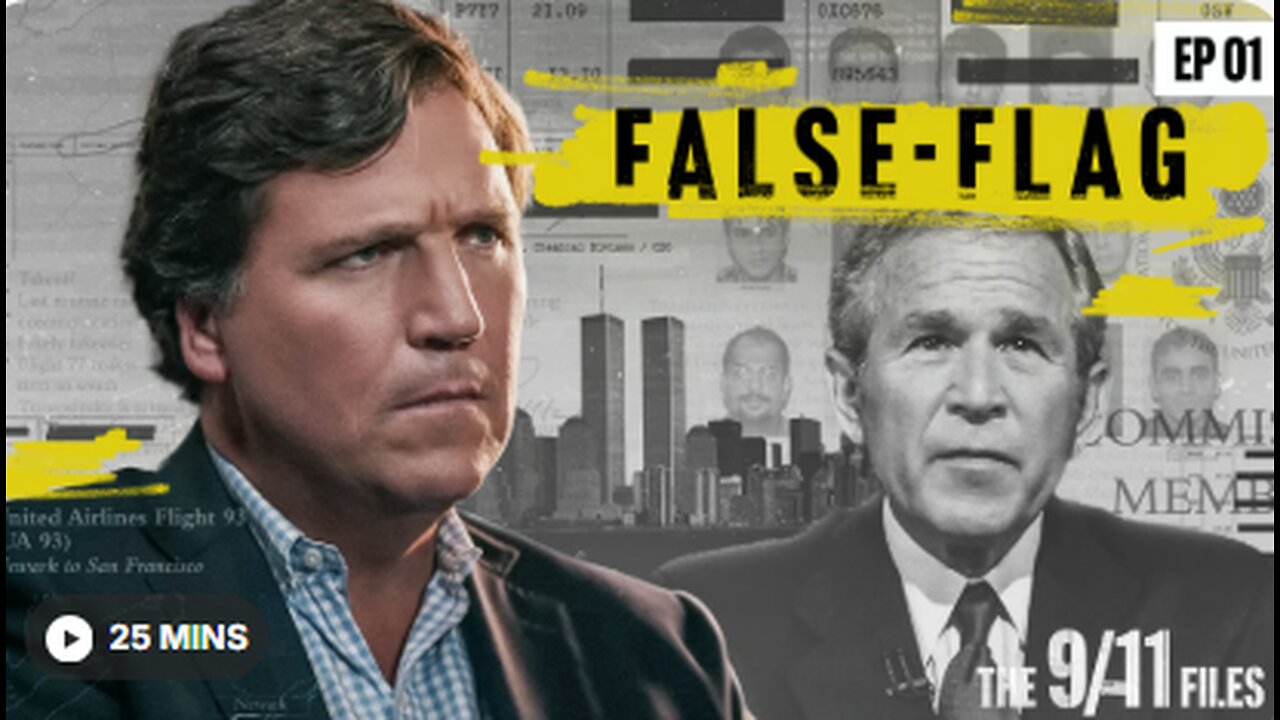
The 9/11 Files: The CIA’s Secret Mission Gone Wrong | Ep 1 (Part 1 of 5)
For two decades, we’ve been told the same story: 9/11 was nothing more than an intelligence failure; had the CIA, FBI, and other agencies had greater surveillance authority, they could have prevented the attack. This is a lie. Firsthand accounts and declassified documents prove that intelligence agencies had the information necessary to stop the tragedy, and that 9/11 was a consequence of the government’s failure to act. Part one of our series, The 9/11 Files: The CIA’s Secret Mission Gone Wrong, outlines it all.
Key Figures to Reference
Key figure image for Mark Rossini
Mark Rossini
FBI Joint Terrorism Task Force representative to CIA Alec Station, the unit responsible for tracking Osama Bin Laden (1999-2001). In Episode 1, he gives his firsthand account of the arrogance and incompetence in the CIA that led to 9/11.
Key figure image for John Anticev
John Anticev
FBI Special Agent (1987-2015). He was one of the chief investigators of the 1998 Nairobi Embassy Bombing case. His interrogation of one of the terrorists involved in the attack led to the discovery of Al Qaeda’s communications switchboard. This unprecedented access to the enemy’s communications allowed U.S. intelligence to learn about the 2000 Malaysian terrorist summit involving two of the 9/11 hijackers.
Key figure image for Omar al-Bayoumi
Omar al-Bayoumi
Saudi intelligence operative who assisted two of the hijackers by providing housing in San Diego and large sums of money, allowing them to settle in the United States and quietly prepare for the 9/11 attack.
Key figure image for Richard Clarke
Richard Clarke
Former White House counterterrorism czar (1998-2001). He told military investigators about the CIA’s failed “false-flag” operation to recruit two of the hijackers.
Key figure image for George Tenet
George Tenet
Former CIA Director (1996-2004). Under his watch, the CIA failed to inform the FBI that at least two of the hijackers had entered the country. His tenure as CIA director was defined by the agency’s failure to stop 9/11, the false intelligence that led to the invasion of Iraq, and the “enhanced interrogation” torture program.
Key figure image for Zacarias Moussaoui
Zacarias Moussaoui
Suspected would-be 9/11 hijacker arrested weeks before the attack; the only person ever convicted in court for 9/11.
Key figure image for Khalid al-Midhar and Nawaf al-Hamzi
Khalid al-Midhar and Nawaf al-Hamzi
The two hijackers the CIA attempted to recruit in a false-flag operation. They were given multi-entry visas allowing them to travel in and out of the country freely, despite being known terrorists actively planning an attack.
Timeline of Events
Aug 7, 1998
East Africa Embassy Bombings
FBI Special Agent John Anticev interrogates Dawood Rashid Al-Awali, the terrorist who failed to follow through on the attack on the U.S. embassy in Kenya. This interrogation leads to the discovery of the Hada Home, Al Qaeda’s switchboard in Yemen. This gives the U.S. direct access to Al Qaeda’s communications.
1999-2001
CIA Recruitment Operation
The CIA attempts to recruit Al-Midhar & Al-Hamzi via Saudi liaison Omar al-Bayoumi and Saudi intelligence. This “false-flag” recruitment operation fails.
Jan 5, 2000
Kuala Lumpur Summit
With access to Al Qaeda’s communications switchboard, the CIA learns of a terrorist summit taking place in Kuala Lumpur involving two of the 9/11 hijackers, Khalid al-Midhar and Nawaf al-Hamzi. They learn that the hijackers are coming to America to carry out an attack, but refuse to warn the FBI.
2000–2001
Hijackers in California
Al-Midhar and Al-Hamzi continue to live openly in San Diego, making no efforts to conceal their presence– even listing their names in the local phone book. They live off financial support from al-Bayoumi and the wife of the Saudi ambassador.
July 4, 2001
Al-Midhar re-enters the U.S.
Al-Midhar is given a multi-entry visa, allowing him to leave and re-enter the country freely. He is never stopped or questioned despite the CIA’s knowledge that he is planning an attack.
Aug 16, 2001
Moussaoui arrested in Minneapolis, FBI opens investigation
With the arrest of Moussaoui, the intended 20th hijacker, the FBI launches an investigation mere weeks before the attack. The FBI is denied permission to search Moussaoui’s laptop or room, and the CIA initially continues to keep the presence of the other hijackers a secret.
Sept 11, 2001
9/11 Attacks
Nineteen hijackers execute the most sophisticated terrorist attack in human history, killing more than 3,000 innocent Americans.
Sources Cited
The Canestraro Declaration - Investigator with the Office of Military Commissions, Donald Canestraro’s sworn statement detailing the CIA’s “false-flag” operation to recruit two of the 9/11 hijackers. He also details how Saudi intelligence and the Saudi embassy aided the terrorists.
The 9/11 Commission Report - The government’s official account of the causes of 9/11. In it, investigators admit the CIA purposefully hid key information from the FBI. The report further details how the obsolete systems at the FBI contributed to the attack.
The Commission: The Uncensored History of the 9/11 Investigation - A book by Philip Shenon, in which he demonstrates that at least one of the hijackers’ names, addresses, and phone numbers was listed in the San Diego phone book. The terrorists were hiding in plain sight. Shenon also documents how Dieter Snell, senior counsel to the 9/11 Commission, attempted to remove most of the details about Saudi collaboration with the hijackers.
FBI Electronic Communication from April 4, 2016 - This declassified document explains the extent to which Saudi intelligence officer Omar al-Bayoumi aided and abetted the known terrorists.
Tucker Carlson Network (Mirror)
*FAIR USE IS IMPLIED AND IN FAVOR OF EDUCATION
-
 2:39
2:39
The Official Steve Harvey
1 day ago $0.91 earnedThese books didn’t just change my mind, they changed my life. 📚💯
16.4K -
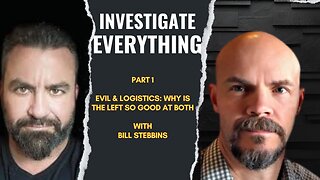 1:35:35
1:35:35
Investigate Everything w/ Brian O'Shea
14 hours agoPart 1: "Evil & Logistics: Why is the Left So Good At Both” w/ Brian O’Shea & Bill Stebbins
19.8K3 -
 1:20:31
1:20:31
CharLee Simons presents DO NOT TALK
1 day agoR.I.P. MEDIA FREAKS
15.3K1 -
 16:39
16:39
Professor Nez
20 hours ago🚨PRICELESS: Trump Just EMBARRASSED Macron in New York
90.9K21 -
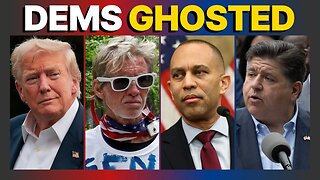 25:51
25:51
DeVory Darkins
19 hours ago $7.27 earnedDemocrats ghosted and stunned by Trump as Routh attempts to off himself after guilty verdict
27.2K67 -
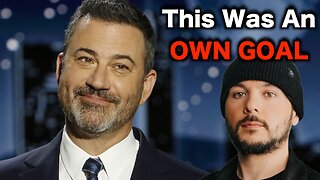 21:15
21:15
Actual Justice Warrior
16 hours agoJimmy Kimmel DECLARES Victory
41.9K48 -
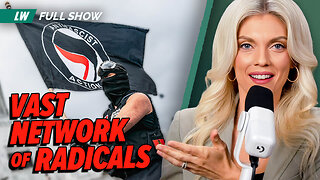 49:42
49:42
Liz Wheeler
18 hours agoWHO is Behind ANTIFA? | Ep 176
44.2K27 -
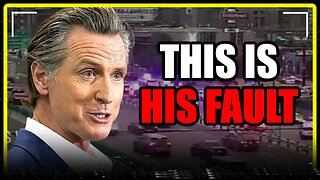 8:30
8:30
MattMorseTV
19 hours ago $10.38 earnedThis just ENDED Newsom's CAREER.
174K69 -
 17:11
17:11
Nikko Ortiz
16 hours agoIs Poverty Your Fault?
22.9K30 -
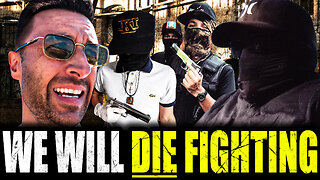 41:10
41:10
The Connect: With Johnny Mitchell
4 days ago $12.09 earnedInside The Sinaloa Cartel's Fight For Survival: How Mexico's Oldest Cartel Is Making It's Last Stand
58.6K17